Staying hydrated is crucial, and while water is the go-to choice, certain fruits and vegetables offer a refreshing alternative. These foods not only quench your thirst but also provide essential vitamins and nutrients. Explore these top picks that make hydrating both delicious and nutritious.
Cucumber
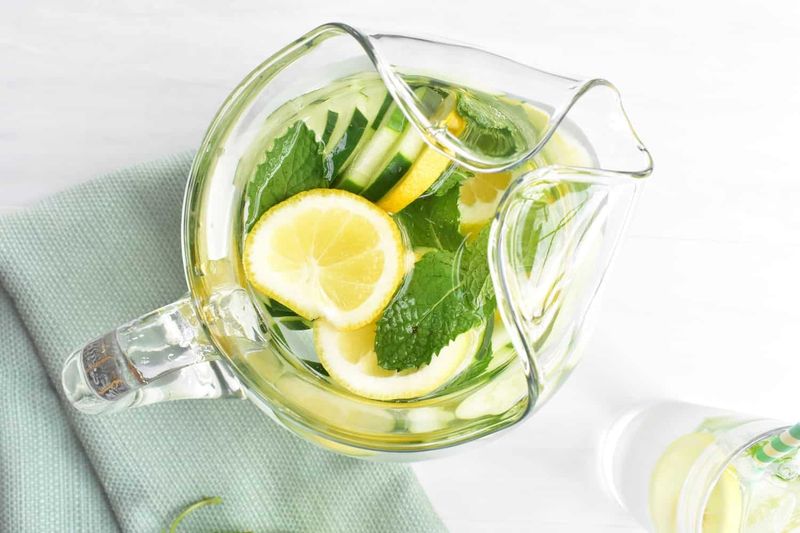
Cucumbers are known for their incredibly high water content, making them a top choice for hydration. With a crunchy texture and refreshing taste, cucumbers are perfect for salads and snacks.
Originating from South Asia, cucumbers have been cultivated for thousands of years. They offer a crisp bite and a mild flavor, making them versatile in culinary creations.
Did you know? Cucumbers are composed of about 95% water, providing a low-calorie option to help you stay hydrated throughout the day.
Watermelon
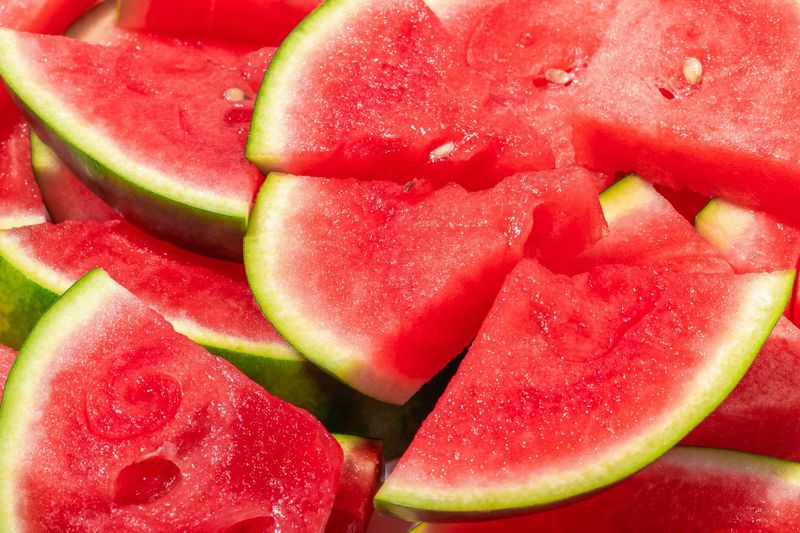
Watermelon is often synonymous with summer, offering a sweet and hydrating treat for hot days. Its vibrant red flesh is not only appealing but also packed with nutrients.
This fruit consists of approximately 92% water, making it incredibly effective at maintaining hydration levels. Watermelons are also rich in vitamins A and C.
Growing natively in Africa, watermelons have been enjoyed for centuries. They serve as a refreshing dessert or a cooling snack.
Celery
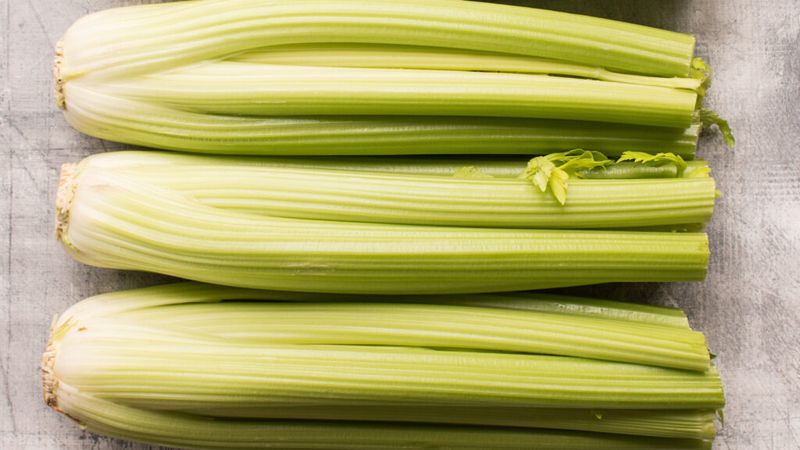
Celery might seem simple, but its hydrating powers are impressive. Comprising 95% water, celery provides a crunchy snack that pairs well with dips and spreads.
Originally cultivated in the Mediterranean, celery has been a staple in diets around the world. It adds flavor and texture to dishes while keeping you hydrated.
Fun fact: Celery is not only hydrating but also low in calories, making it a favorite among those seeking healthy snack options.
Strawberries
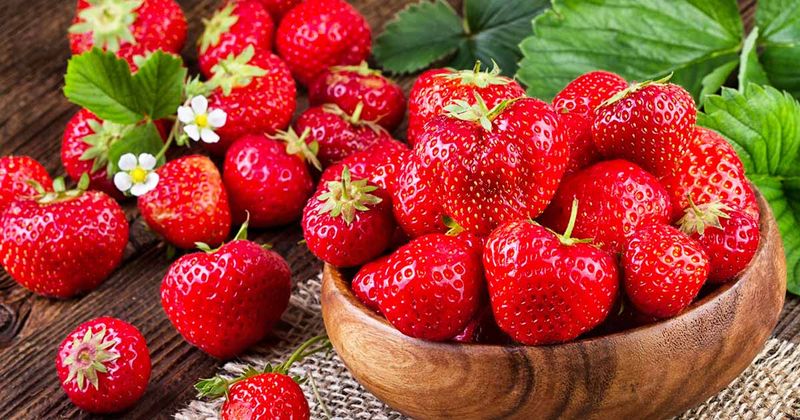
Strawberries are nature’s candy, offering both sweetness and hydration. These berries are made up of about 91% water, making them a delightful way to quench your thirst.
Packed with antioxidants and vitamins, strawberries provide more than just hydration. They are a delicious addition to smoothies and desserts.
Their cultivation dates back to ancient Rome, where they were treasured for their flavor and medicinal properties.
Lettuce
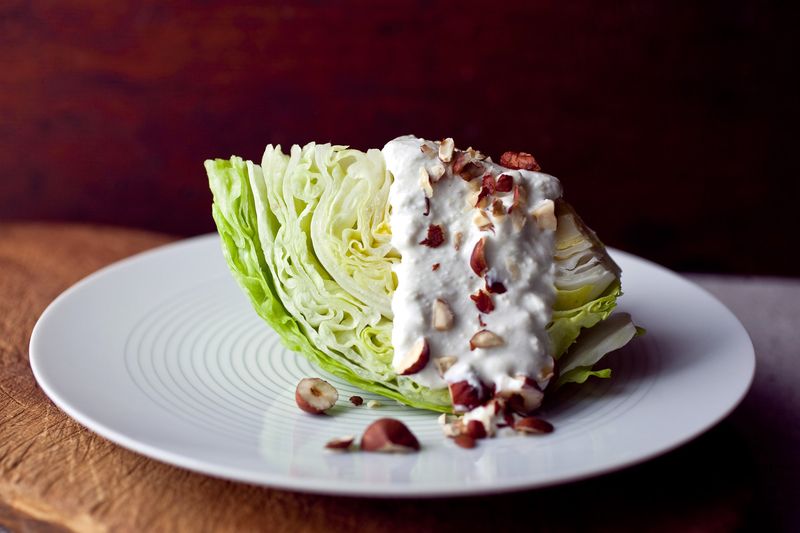
Lettuce, especially iceberg, is a classic hydrating vegetable with its ability to provide crunch and moisture in salads. Containing about 96% water, it tops the list of hydrating veggies.
This leafy green is not only refreshing but also low in calories, perfect for those watching their intake. Lettuce adds volume and texture to meals.
Historically, lettuce was first cultivated by the ancient Egyptians, who valued it for its cooling properties.
Zucchini
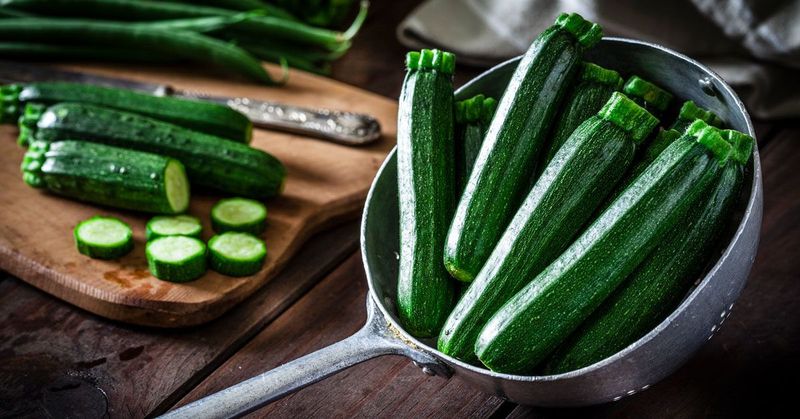
Zucchini, a summer squash, offers hydration with its 94% water content. Its mild flavor adapts to various dishes, from salads to grilled sides.
This vegetable is rich in vitamin C and potassium, making it beneficial for both hydration and nutrition. Zucchinis can be spiralized into noodles or baked in casseroles.
Originating in the Americas, zucchinis have gained popularity worldwide for their versatility and health benefits.
Tomatoes
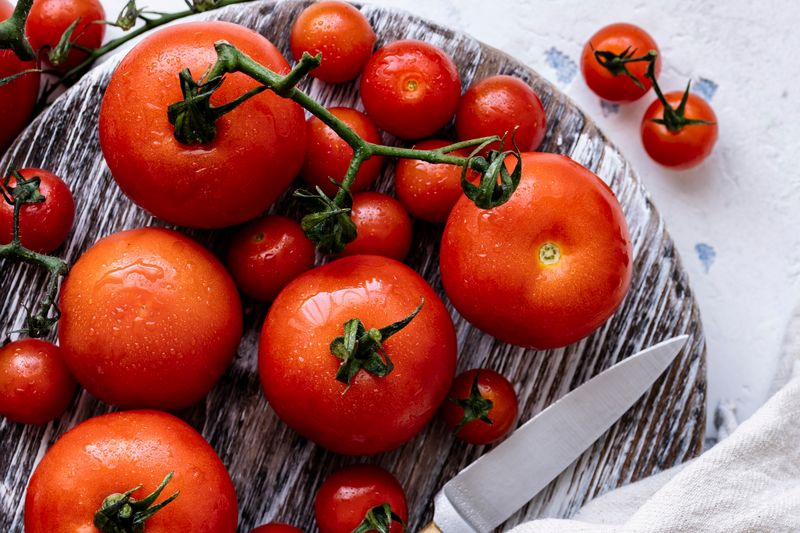
Tomatoes are a staple in many cuisines, celebrated for their juicy and hydrating properties. With a water content of about 94%, they help maintain hydration levels.
Rich in lycopene, a powerful antioxidant, tomatoes provide both flavor and health benefits. They can be enjoyed raw, cooked, or in sauces.
Dating back to the Aztecs and Incas, tomatoes have a rich history and are now grown in gardens worldwide, adding color and nutrition to meals.
Pineapple
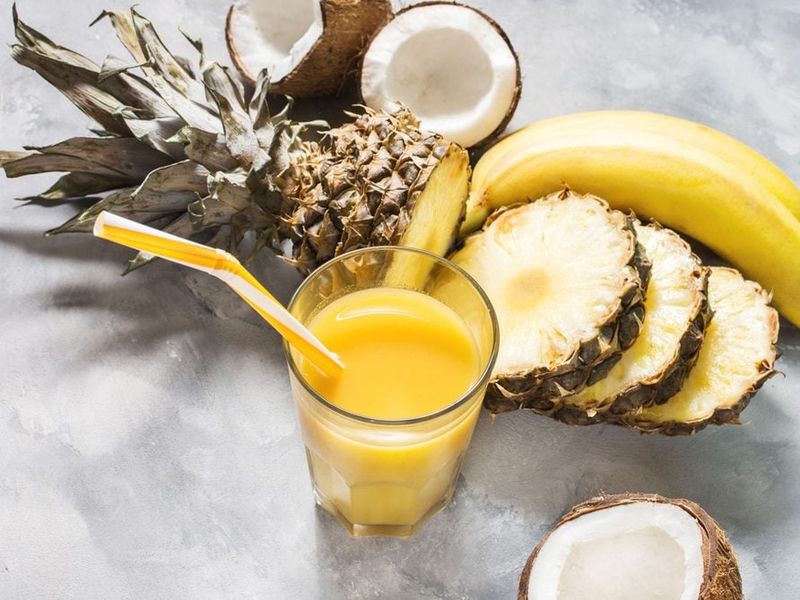
Pineapple offers a tropical twist to hydration, with its sweet and tangy flavor. Composed of about 86% water, pineapples are a refreshing choice for snacks and smoothies.
This tropical fruit is also rich in bromelain, an enzyme that aids digestion. Pineapples bring a burst of flavor to fruit salads and desserts.
Originating in South America, pineapples have become a global favorite, known for their distinctive taste and hydrating qualities.
Radishes
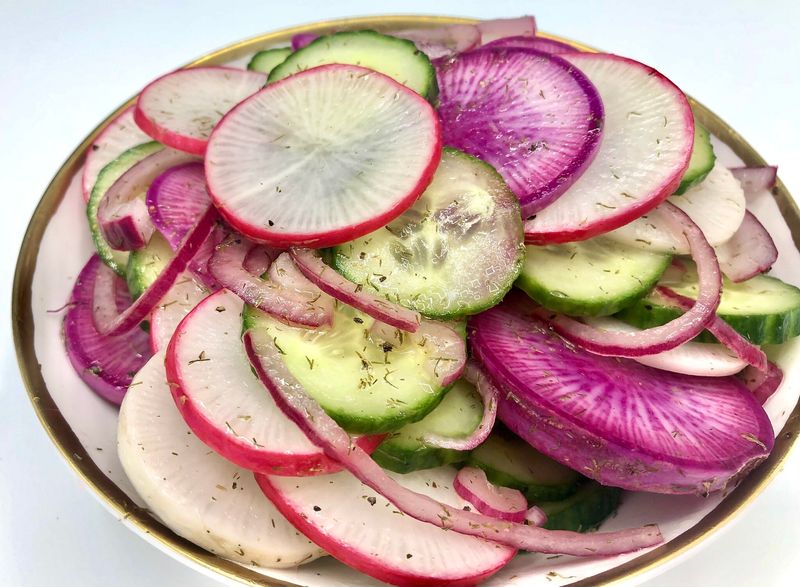
Radishes add a peppery punch to your diet, along with hydration. With a water content of about 95%, they are excellent for keeping you refreshed.
These root vegetables offer a crisp texture and are often used in salads and garnishes. Radishes are also known for their detoxifying properties.
Originating from Southeast Asia, radishes have been cultivated for their unique flavor and health benefits, making them a popular choice worldwide.
Oranges
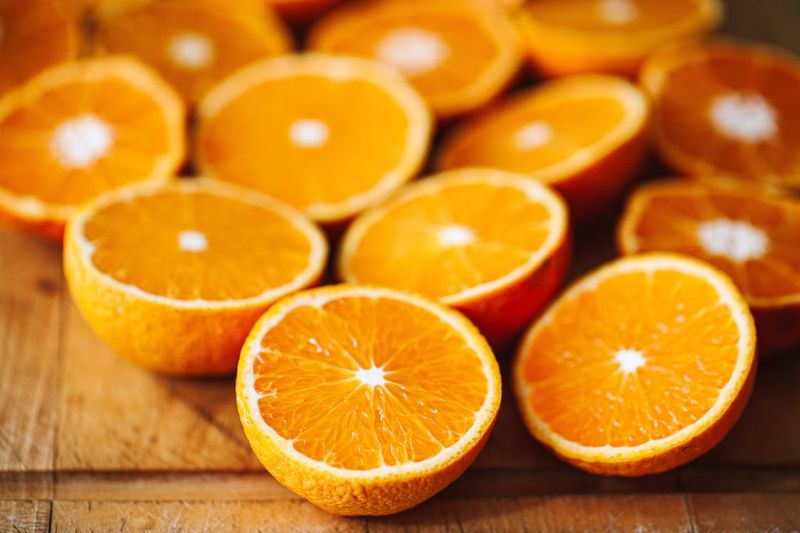
Oranges are not only a vitamin C powerhouse but also a hydrating fruit, with about 86% water content. They’re perfect for a refreshing snack or juice.
This citrus fruit offers a burst of flavor and hydration, contributing to a healthy immune system. Oranges can be enjoyed fresh, juiced, or even in savory dishes.
Cultivated since ancient times, oranges have a rich history and remain a staple in diets worldwide for their sweet taste and hydrating properties.
Bell Peppers
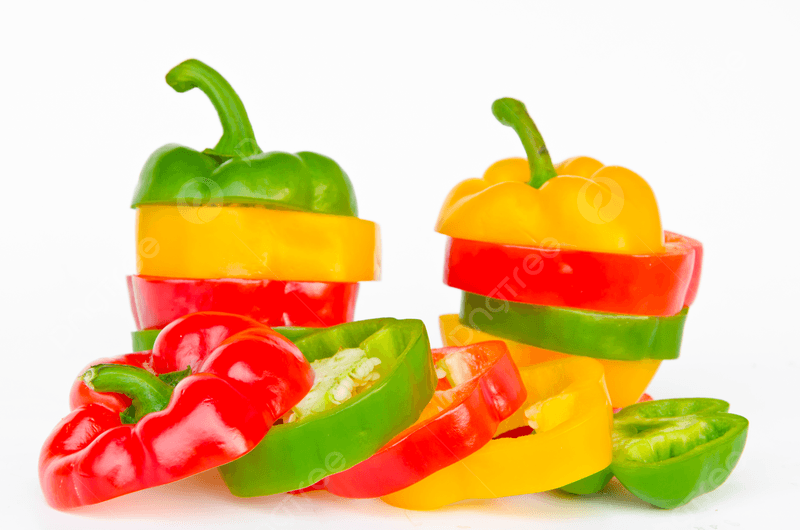
Bell peppers, vibrant and sweet, are packed with hydration and nutrients. With a water content of about 92%, they add moisture and crunch to any dish.
Rich in vitamins A and C, bell peppers come in various colors, each bringing a unique flavor and aesthetic appeal. They can be eaten raw or cooked.
Originally from Central and South America, bell peppers are now a global favorite, adding color, nutrition, and hydration to meals worldwide.
Leave a comment